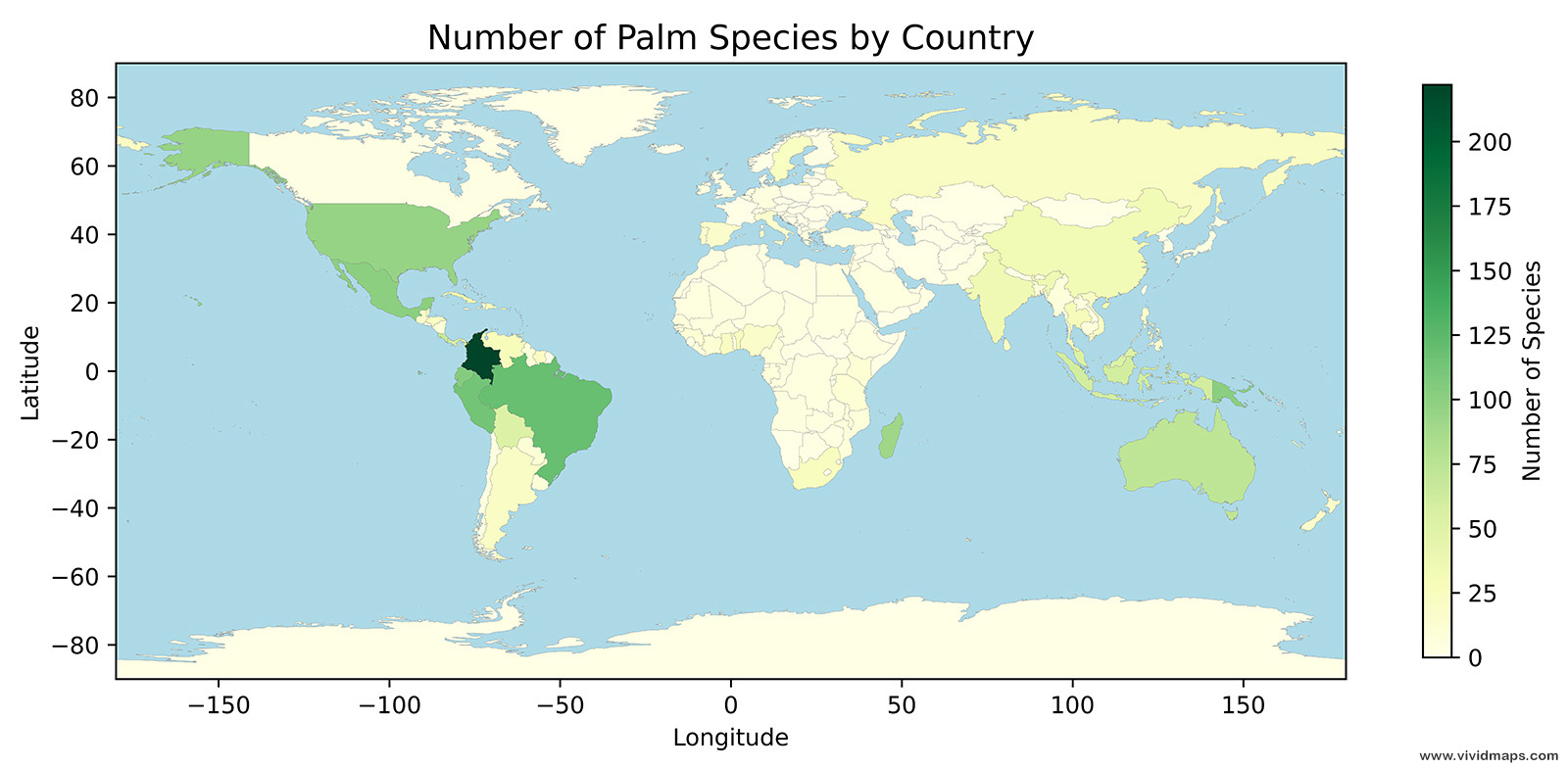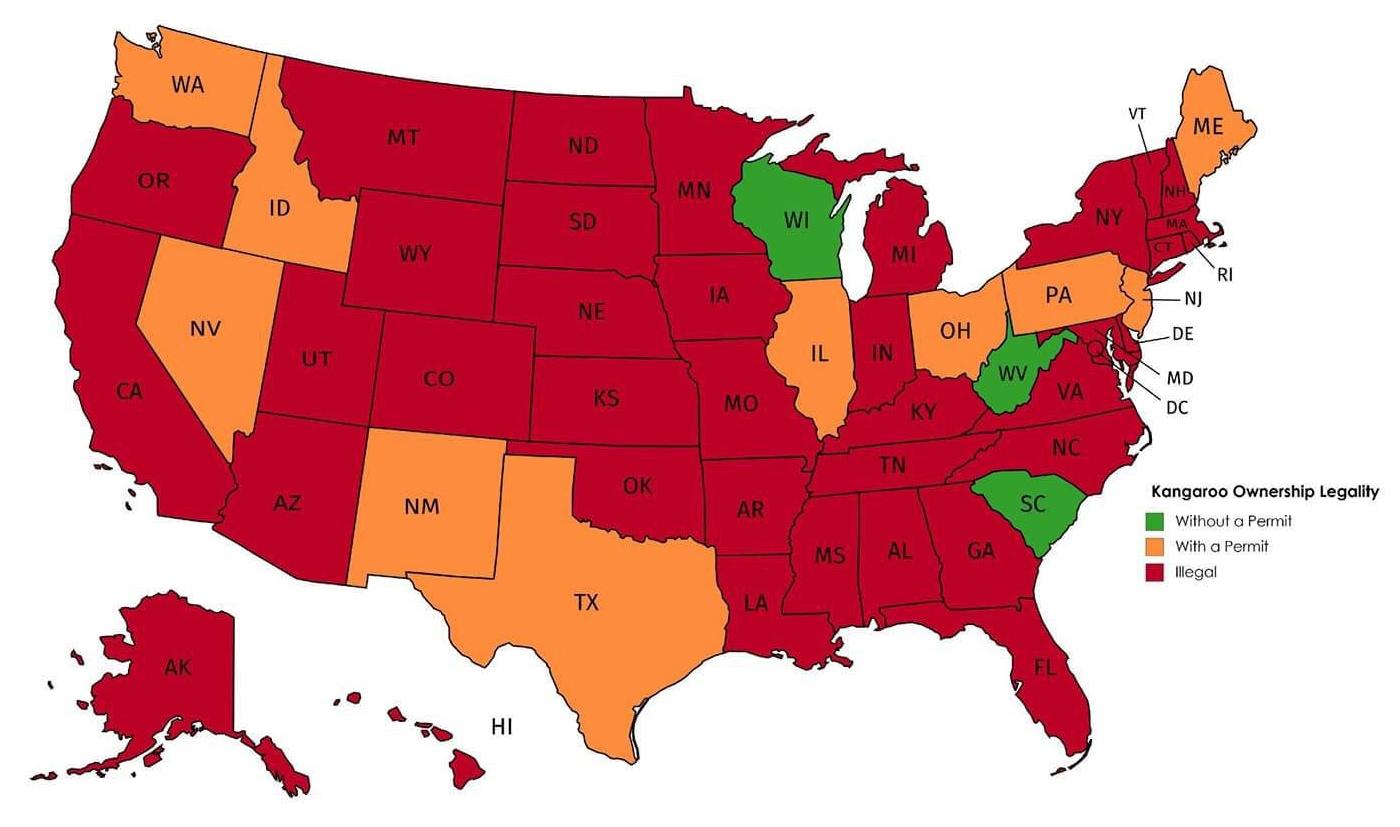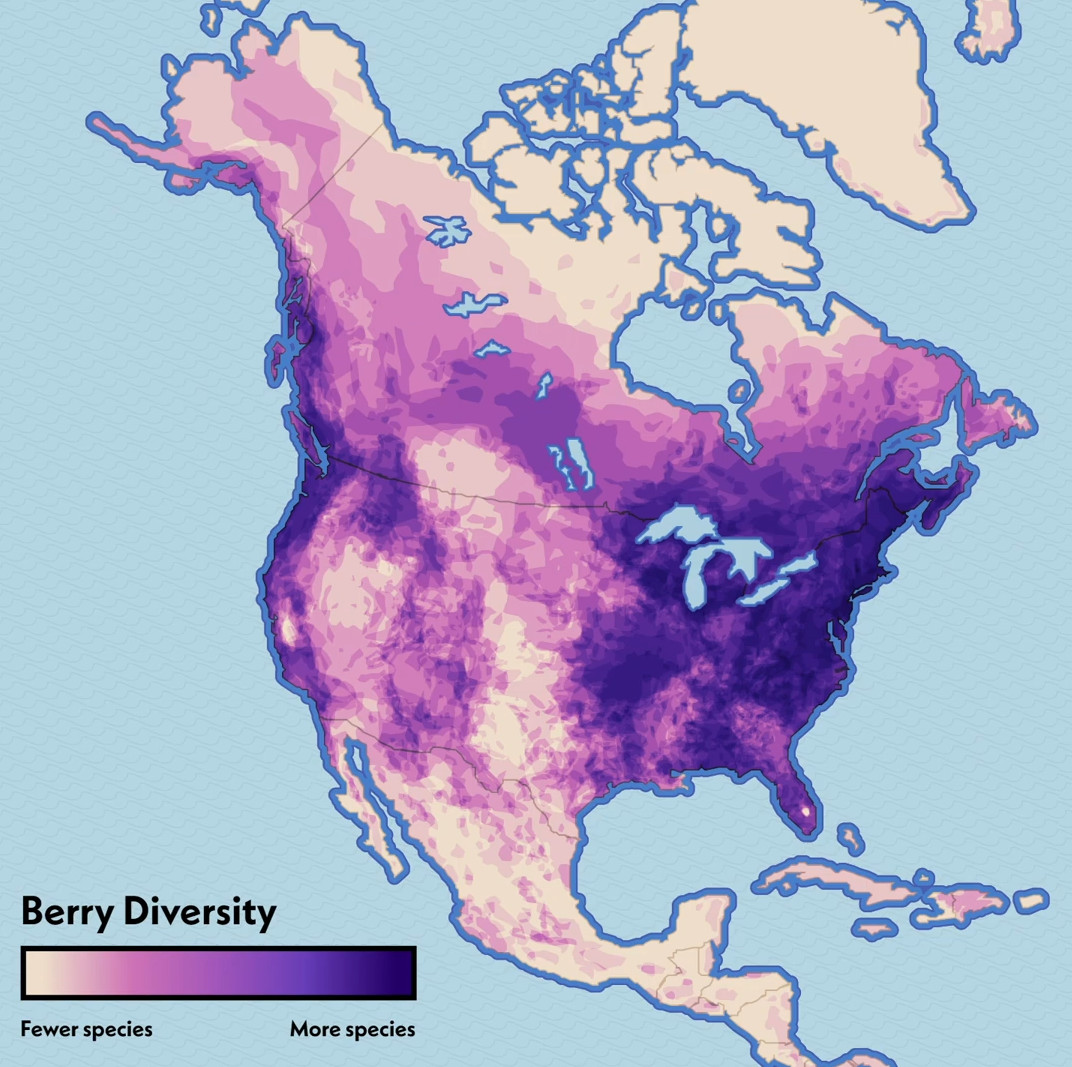A World of Bears
Bears are carnivoran mammals of the family Ursidae. Today, just eight species of bears exist. They inhabit the continents of Europe, Asia, North, and South America.
While the polar bear is primarily carnivorous, the giant panda feeds almost only one bamboo; the other six beer species are omnivorous with varied diets.

The brown bear lives in northern Eurasia, including Europe (Russia, Central Asia, China, Scandinavia, Japan, and the Carpathian Region) and North America (Canada, United States, and Mexico). The total population of brown bears is almost 200 thousand.
The polar bear is a primarily carnivorous bear whose native range extends mainly within the Arctic Circle (Canada, United States, Russia, Norway, and Greenland). According to the International Union for Conservation of Nature, the global population of polar bears is 28 thousand.
The Asian black bear lives in the Himalayas, northern India, Bangladesh, the Korean Peninsula, northeastern China, Iran, the Russian Far East, the Honshū and Shikoku islands of Japan, and Taiwan. The global population of the Asian black bear is 52 thousand.
The American black bear is native to North America (United States, Canada, and Mexico). The overall population of American black bears is almost 1 million.
The sun bear occurs in tropical forests of Southeast Asia (India, Bangladesh, Myanmar, Thailand, Malaysia, Laos, Cambodia, Vietnam, Indonesia, and Southern China). The population of sun bears is declining because of habitat loss.
The sloth bear is a myrmecophagous bear species native to the Indian subcontinent. The total population of the sloth bear is estimated to be 9 thousand.
The giant panda is a bear native to south-central China. An estimate shows that about 1,6 thousand individuals are living in the wild.








